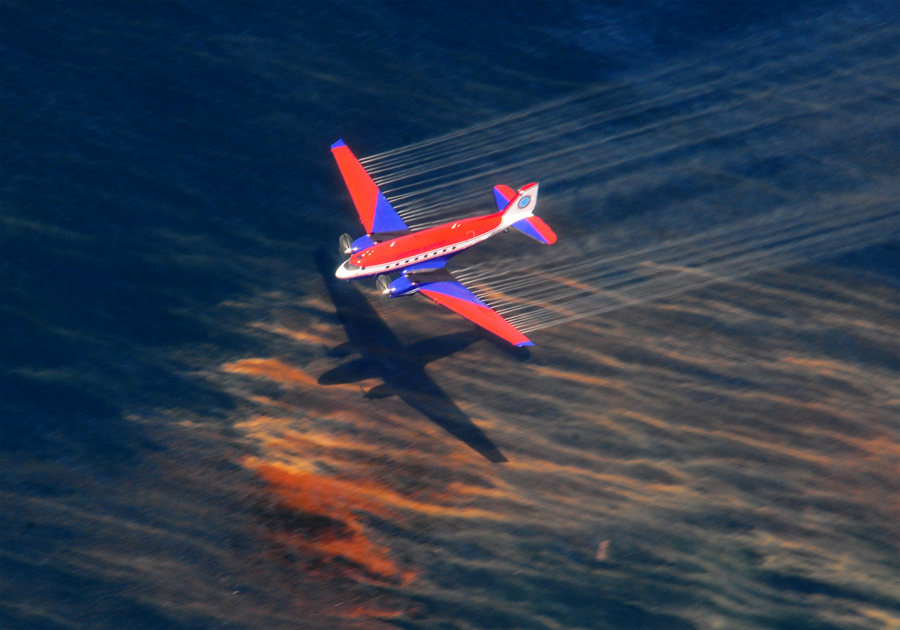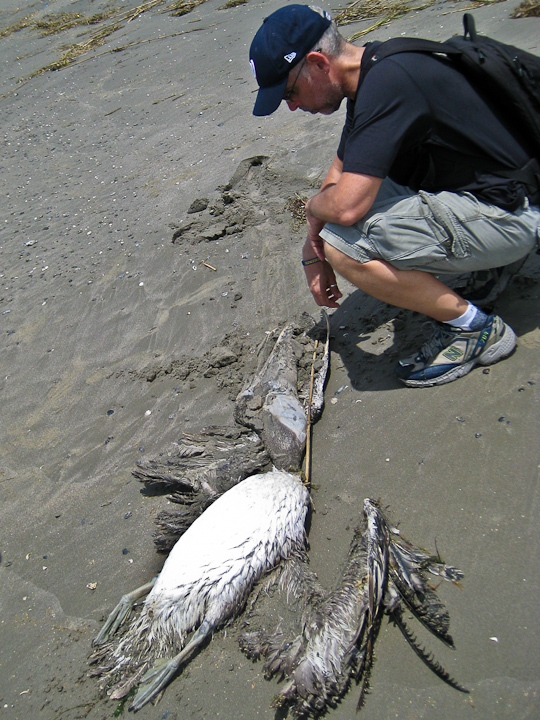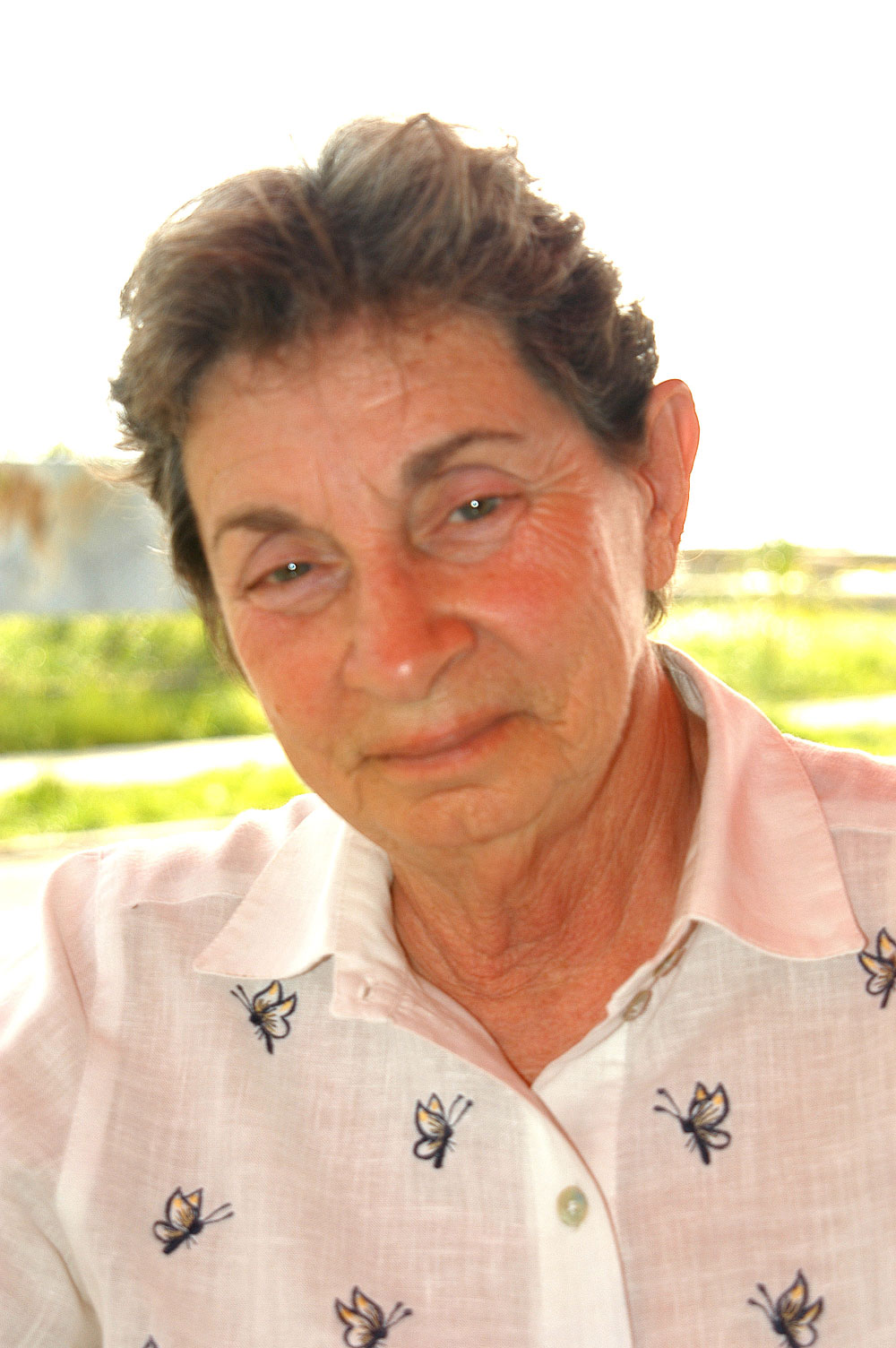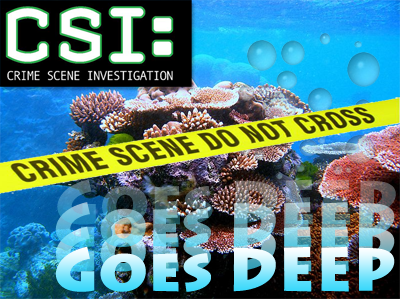Leading Ocean Scientists Issue Consensus Statement to End Dispersant Use in Gulf
Leading ocean researchers and conservation leaders have issued a joint Consensus Statement calling for the immediate halt of the use of chemical dispersants in the Gulf of Mexico. BP has used nearly two million gallons of Corexit chemical dispersants in the Gulf of Mexico as part of the cleanup effort with support from the U.S. Environmental Protection Agency (EPA). The massive volume of dispersants and the way they have been applied — both on the surface and one mile below the surface — is unprecedented. Once oil is dispersed in deep water, it cannot be recovered.
|
There has been growing concern about the negative impacts the dispersant/crude oil mix will have on both the marine ecosystem and human health has prompted leading ocean scientists to issue a consensus statement that urges a halt to any further dispersant use in the Gulf.
The statement, authored by Dr. Susan Shaw, Director of the Marine Environmental Research Institute, stands on a large body of research indicating that crude oil and dispersants are more toxic when they are combined than either oil or dispersants alone. The statement also calls for:
- Full public disclosure of all the chemical ingredients in the Corexit formulations and full toxicity data on these chemicals in combination with oil.
- Full public disclosure of information about adverse health effects and all monitoring and testing data collected by government agencies.
- Immediate funding for independent research to fully assess toxic impacts on the ecosystem and human health.

1planet1ocean president, Dr. David E. Guggenheim, takes water samples near Buras, Louisiana to be analyzed for toxins related to chemical dispersants
The scientists believe the worst impacts of the disaster are yet to come, and without deliberate, independent scientific tracking and assessment, they could remain hidden.
Marine scientists and conservation organizations are invited to add their signatures to the document. Visit the Marine Environmental Research Institute for details.
Members of the public are invited to sign the public petition against the use of chemical dispersants.
Initial signatories include:
- Sylvia A. Earle, PhD, Ocean Explorer-in-Residence, National Geographic Society; Advisory Council Chairman, Harte Research Institute
- Susan D. Shaw, DrPH, Marine Toxicologist, Director, Marine Environmental Research Institute
- Carl Safina, PhD, President, Blue Ocean Institute
- David Gallo, PhD, Oceanographer, Woods Hole Oceanographic Institution
- David E. Guggenheim, PhD, Marine Biologist/Conservationist, President, 1planet1ocean ? a project of The Ocean Foundation
- Edith Widder, PhD, President and Senior Scientist, Ocean Research & Conservation Association
- Wallace J. Nichols, PhD, Research Associate, California Academy of Sciences

Idle fishing boats in Buras, Louisiana. Use of dispersants means more oil has been left in the marine ecosystem, which may ultimately accumulate in fish tissue, leaving an uncertain future for Gulf fisheries.
The rationale behind the use of the dispersant is to keep oil from the sensitive wetlands and coastlines. However, by dispersing the oil throughout the water column, this practice is making it impossible to recover the dispersed oil at the surface while plumes of the dispersed oil remain at depth, entering the food chain at many levels where it will bioaccumulate as it moves up the food chain. Dispersing the oil means more of it will likely travel with prevailing currents to destinations downstream, including Cuba, Mexico, the Florida Keys, and the eastern seaboard of the United States.
At a Senate hearing on June 15, 2010, EPA Administrator, Lisa Jackson stated, “In the use of dispersants we are faced with environmental tradeoffs” but also stated, “The long-term effects [of chemical dispersants] on aquatic life are largely unknown…” Without the critical information needed to make an informed, science-based tradeoff decision, the use of dispersants amounts to a large-scale, uncontrolled experiment on the Gulf of Mexico ecosystem that runs contrary to a precautionary approach, an experiment where the costs may ultimately outweigh the benefits.
Corexit is one of the most toxic dispersants and one of the least effective on Louisiana crude oil. However, it is the mixture of Corexit and oil that represents an even greater threat as the toxic effects are magnified. Corexit, designed to break down lipid layers, facilitates the movement of toxic materials across the membranes of wildlife and human beings. The dispersant-oil mixture is killing marine wildlife, including dolphins, whales and fish, while also causing a range of serious human health effects to those who have been exposed.
| PBS Newshour segment on dispersants, including interviews with Jean-Michel Cousteau and Dr. David E. Guggenheim |
|---|
[pdf oceandoctor.org/downloads/Consensus-Statement-Dispersants_20100716.pdf 590 775]









No more chemicals in the Gulf.
Many see spraying deadly Corexit in the Gulf as…
— a PR stunt (by BP to hide the oil)
— a grand ‘experiment’
— incompetency
— poor management
— ignorance
— greed
Given all the data, it makes much more sense to conclude, since government agencies, military and the CIA are complicit in the application of Corexit, that the American Gulf coast is under a chemical warfare attack by an enemy which apparently intends to destroy what’s left of the country and bring it to its knees.
Of course, this is what you’d expect of an enemy force which had managed to take over the country’s control hierarchy at all levels. And this is exactly what Americans are seeing today, that is, when they are honest with themselves.
A war by stealth is rolling across America, killing, maiming and plundering everything in its path. Maybe not tanks or artillery (for now); however, there are many other ways to cripple and defeat a population without ever firing a shot.